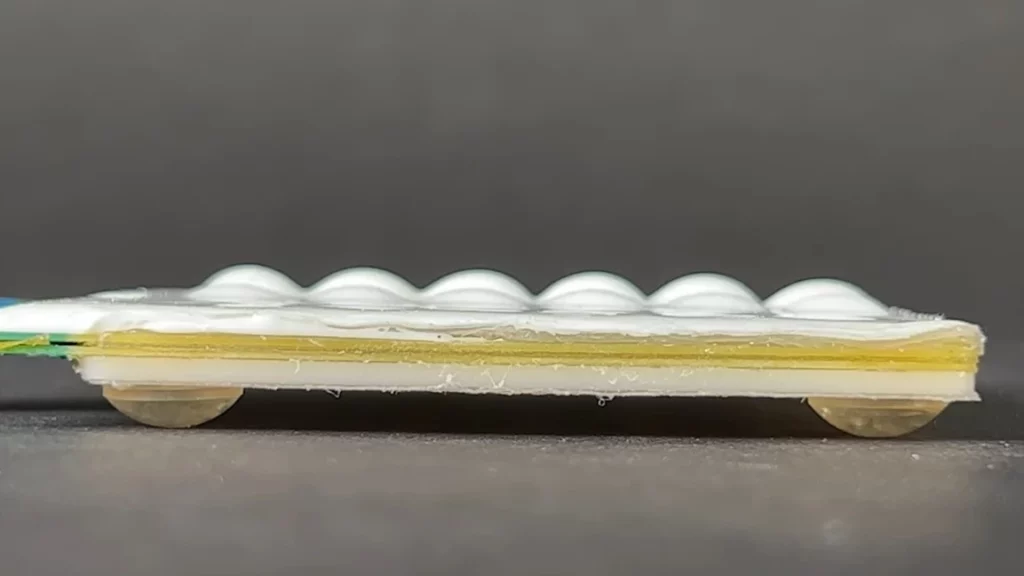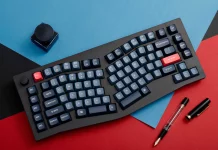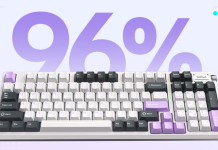The evolution of smartphones over the years has brought about several innovative features that have changed the way we communicate, interact, and entertain ourselves. The most notable of these is the touchscreen display, which eliminated the need for a fixed QWERTY keyboard on smartphones. However, there are still some people who prefer physical keyboards to touchscreens when typing. For years, manufacturers have tried to integrate physical keyboards with touchscreen technology, but without success.
Some Users prefer Tactile Feedback over Customizability
Physical keyboards provide tactile feedback that some people find helpful, as they can feel it when they press a key. Additionally, some people find the physical keys easier to locate without looking at the keyboard. On the other hand, virtual keyboards are customizable and can change based on the context of the text being entered, offering features like autocorrect and suggested words. Ultimately, the choice between physical and virtual keyboards comes down to personal preference and typing style. Blackberry tried integrating both keyboards in the past, but now, another company is trying to research their way through this problem.

Researchers at Carnegie Mellon University’s Future Interfaces Group (FIG) have come up with a solution that could change this trend. The FIG researchers have developed a technology called Flat Panel Haptics, which uses embedded electroosmotic pumps (EEOPs) to create temporary pop-up buttons on OLED displays. The technology is still in the early stages of development, but it shows promise. The buttons appear when content is on the screen, which would typically trigger the appearance of the virtual keyboard. The FIG team hopes that this technology will eventually reach a point where users can enjoy the novelties of a physical keyboard without giving up screen space.
RELATED:
- Lenovo to Launch XiaoXin K3 Mechanical Keyboard with Custom “Xin” Switches
- Samsung Keyboard App was the Culprit for Major Battery Drain in OneUI 5.1 Update
- Best Keyboard for iPad 2023 – Apple, Logitech & More
(Via)







